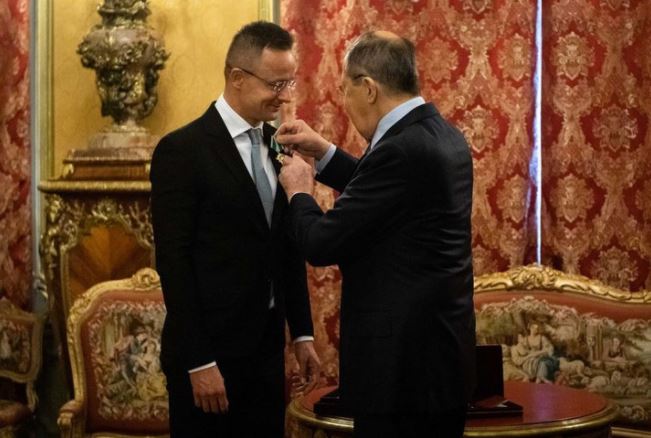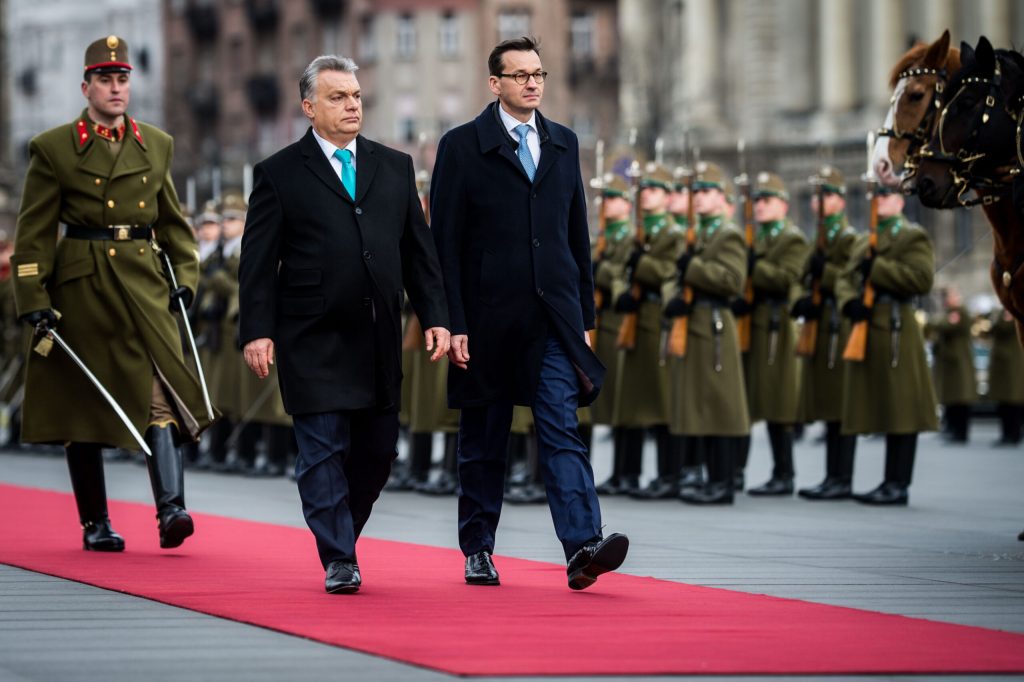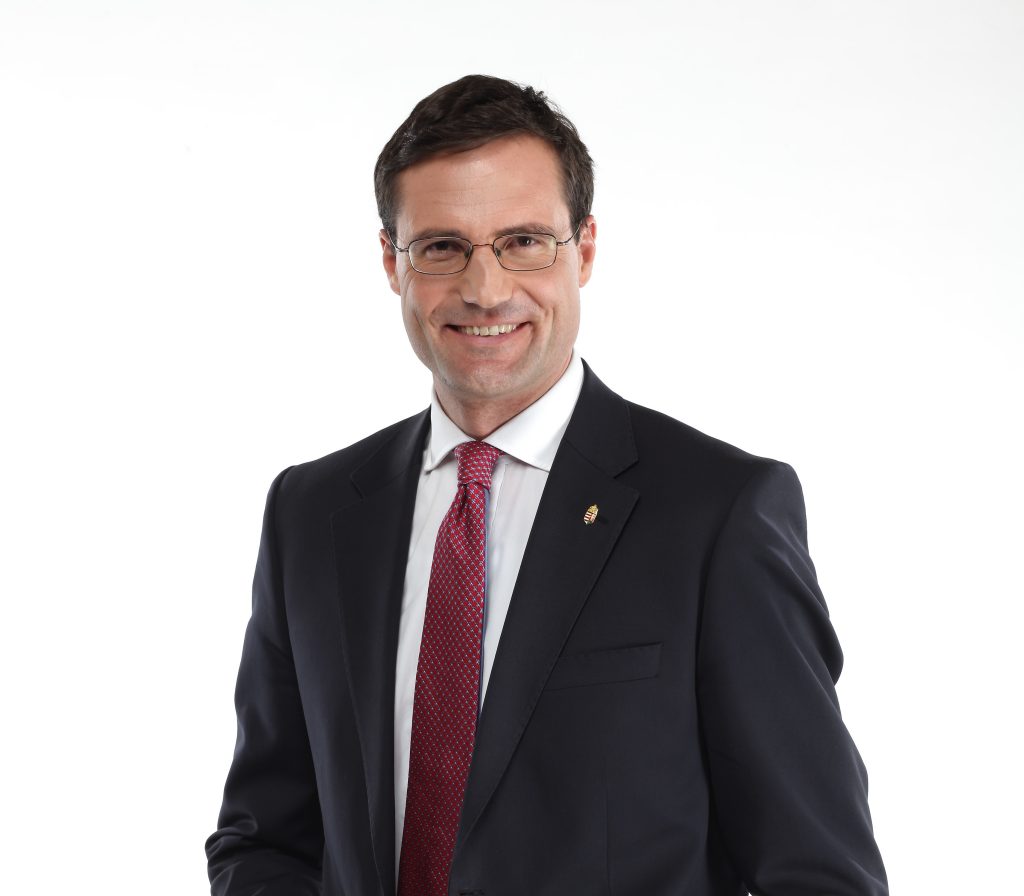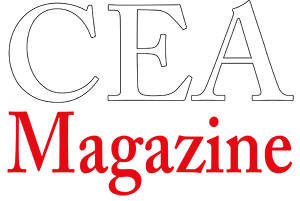Moscow sent unusual letters to the NATO and the US at the end of last year. In the documents, Russia presents a wish list of security guarantees, including the demand of NATO to roll back from Eastern Europe and stay out of Ukraine. CEA Magazine talked to Hungarian MEP Márton Gyöngyösi, who co-initiated the petition “East or West?” after the Russian demands became public.
Host: Balázs Csekő
Many European and American politicians were shocked when the latest Russian demands concerning security guarantees from the West landed in western mailboxes. One of them was Márton Gyöngyösi, a Hungarian MEP and foreign policy expert, who didn’t hesitate long to start a petition against Russia’s plans.
“It was like reading the Yalta Agreement, in which two superpowers over the heads of Europeans divided the continent into spheres of interest”, said the 45-years old politician. Mr Gyöngyösi’s Cold War memories were suddenly awake by the content and the language of the Russian demands.
“It is the revived Brezhnev doctrine”.
The original Brezhnev Doctrine came as an answer to the Prague Spring, a brief liberalization period in Czechoslovakia, and was put forth by Soviet leader Leonid Brezhnev in 1968 with the goal to intervene – including militarily – in countries where Socialist rule was under threat.
But how could a similar doctrine work today with many of the Central and Eastern European countries being part of NATO and the EU? “I see dangers [in this regard],” the MEP said primarily with reference to Hungary.

Photo credit: Péter Szíjjártó, Facebook
Not only did Hungary’s Minister of Foreign Affairs recently receive Russia’s Druzhba prize by his Russian counterpart Sergei Lavrov, the country’s government echoed the Russian point of view on the recent crisis in Kazakhstan.
“A foreign minister, whose country suffered in 1956, when Russian troops were invited in to stabilize the situation, that is something outrageous”, Mr Gyöngyösi claimed.
Two-speed Europe
The idea of a two-speed Europe is not entirely new. In recent years, the possibility of establishing a two-speed European Union has been raised several times. Luxembourg Prime Minister Xavier Bettel once said that he would “rather have a two-speed Europe than a dead-end and no speed” Europe. Mr. Gyöngyösi warned that this idea “might be just the middle ground between the Russian and Western interests.”
European leaders often don’t know how to handle illiberal leaders like the ones in Hungary and Poland, and how to step up to their illiberal policies. Therefore, in the eyes of the supporters of a two-gear Europe, the first speed countries could further deepen integration, while member states of the second speed would become the “periphery”, mostly bound via economic ties to the core EU.
This way, the core member states of the European Union could get rid of the illiberal tendencies, dominating for big part in the Eastern part of the union.
“A two-gear Europe might be just enough for the Russians,” Mr Gyöngyösi warned. “This will lead to the dissolution of the European integration and of the Western alliances.”
While the idea of a two-speed Europe would satisfy different interests, the average citizen of the second speed countries would – most probably – continue to enjoy some of the greatest achievements (free travel and work) of the more than six-decade-old European project.

Photo credit: AFP Photo, Hungarian PM’s Office, Gergely Botar
At the same time, the countries of the periphery would not be bound to rule of law and democratic requirements of the core EU. “People like Viktor Orbán could continue building their Putin-style, feudalist, corrupt regime. He shouldn’t have to comply with the European norms and standards.”
Germany and Russia
Germany’s newly-appointed Chancellor Olaf Scholz recently called for a “restart” in the relations with Russia. However, the idea sounds attractive for many, the details behind such a move are still unknown.
Although Mr Gyöngyösi supports engagement towards Russia, he stands firm when it comes to dictates: “We can’t let Russia dictate to the West who is given membership in the institutions of NATO or the EU”.
“Every country in the world has the right to pick the alliance through which they can see their security guaranteed”, he continued.
Russia has to be given guarantees that its security is not in danger by the fact that certain countries in its neighborhood join the Western alliance. “This cooperation has to be built on peace, stability and respect”, he claimed.
US ready to give up on CEE?
The Yalta Agreement, signed in February 1945, resulted in the expansion of the Soviet spheres of influence in most of Central and Eastern Europe. Simultaneously, the United States, under the leadership of Franklin D. Roosevelt, reduced their interests in the area. Will history repeat itself 77 years after?
The Biden administration’s position has been so far clear on this subject, but new options can come to the surface anytime. Mr Gyöngyösi doesn’t see an “imminent danger” in the US giving up on its allies, but warns the EU of putting forward ideas weakening its own positions, including the idea of a two-speed Europe.
In Yalta, the superpowers of the WWII era decided over the head of Europeans about the superpower’s sphere of influence. Today, “nobody is really asking what the Polish or Hungarian position is, if it’s a done deal by the super powers”, warns the foreign policy expert.
Kazakhstan and the Brezhnev Doctrine
When anti-government protests broke out in Kazakhstan earlier this year, the world’s attention quickly turned to the Central Asian state where dissent is unusual. The unrest started in response to a sudden hike in fuel prices, but escalated into a challenge to the country’s president Kassym-Jomart Tokayev.
“If we look at the background in Kazakhstan, we know very little, but the timing of this crisis is peculiar,” Mr Gyöngyösi said.
Tokayev used the protests as an opportunity to remove the 82-years old former charismatic leader Nursultan Nazarbayev from his position in the Security Council. “We know when an era ends, earthquakes can happen. Question is whether this was a hiccup or some kind of temporary earthquake in this transition process,” the MEP lamented.

Photo credit: AFP
As a consequence of the unrest, roughly 2,300 troops were dispatched to Kazakhstan by a Moscow-dominated alliance of former Soviet countries, after the country’s president had appealed for help. According to the Russian Defense Ministry, all the troops have already left the Central Asian country.
The semi-independence from Russia that Kazakhstan could achieve during three decades of the Nazarbayev leadership, seems to be over with Russia’s military intervention. “With the end of the Nazarbayev era, Kazakhstan will be much closer to Moscow,” Mr. Gyöngyösi concluded.
Cover photo credit: Afp Photo / Satellite image ©2022 Maxar Technologies
(Russia’s buildup on the border with Ukraine)

Márton Gyöngyösi is an economist, political scientist, politician and MEP (NA). He is the Executive Vice-President of Jobbik. Between 2010 and 2018 he served as the vice-chair of the Foreign Committee of the Hungarian National Assembly. He led the Jobbik’s parliamentary group from 2018 to 2019. In the 2019 European Parliament election, he was elected a Member of the European Parliament. In January 2022, he initiated, together with Hungarian MEP Attila Ara-Kovács (S&D), the petition “East or West?”.
Twitter: @GyongyosiMarton
Photo credit: Márton Gyöngyösi



